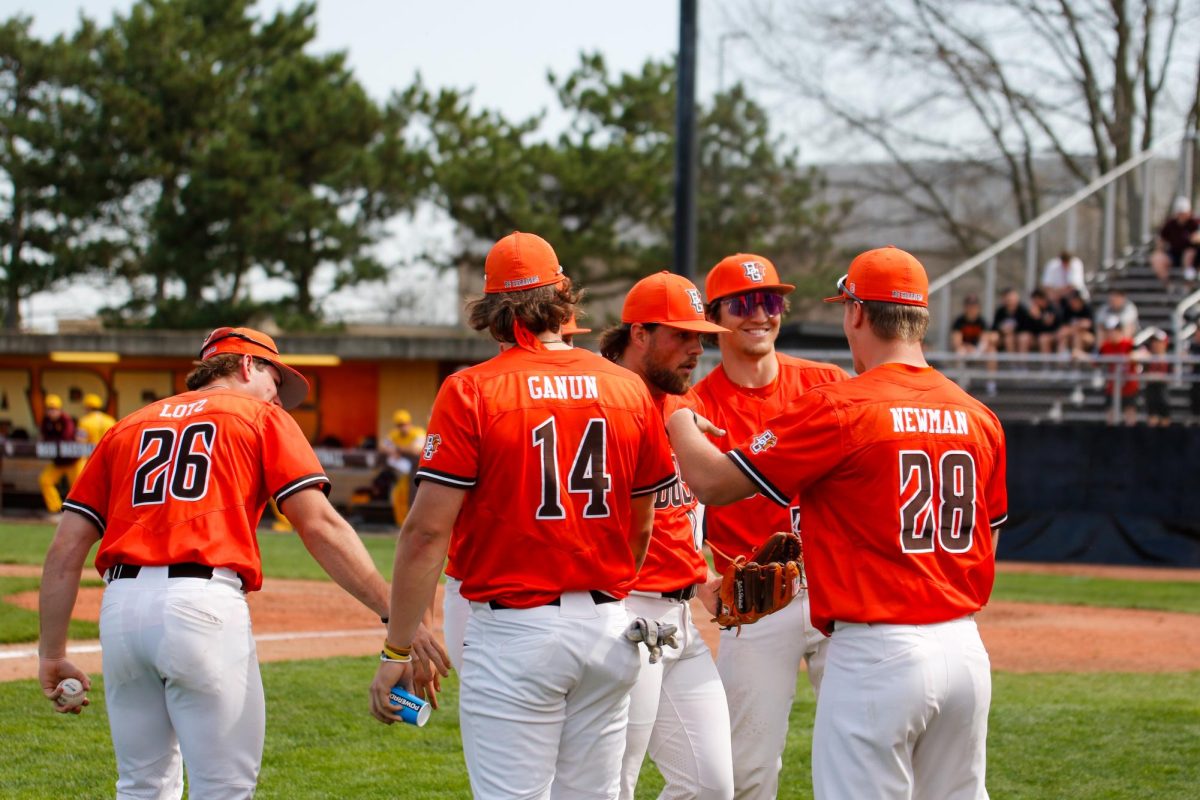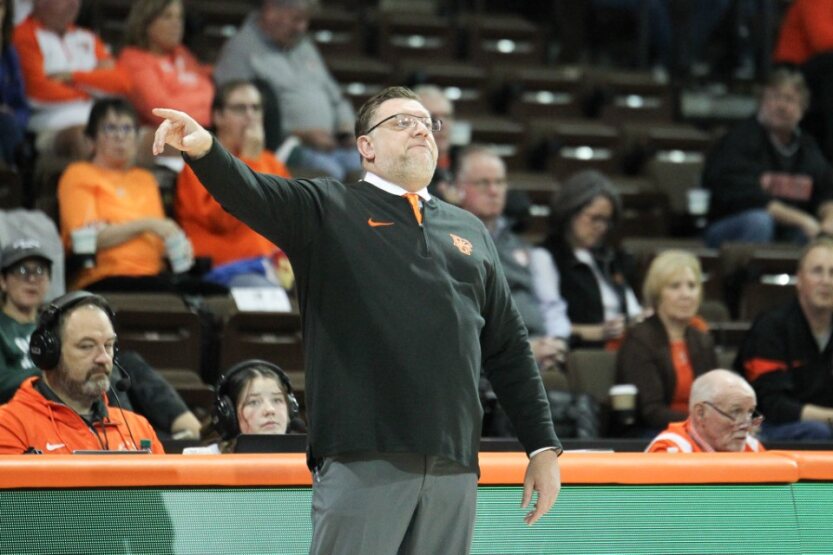KANSAS CITY, Mo. — Jason Pratt was no math whiz in high school, but he can understand how bad the odds are for low-income students like him to graduate from college.
Just six out of 100 kids from families making less than $35,000 a year earn a bachelor’s degree by the time they are 24.
In families making more than $90,000 a year, 51 out of 100 kids graduate.
As college tuition skyrockets and financial aid for low-income students stagnates, it’s no surprise the gap has grown in the past 30 years.
That gap is prompting an increasing number of colleges to take action.
Some, including Pratt’s school, Northwest Missouri State University, give low-income students more money for college.
Harvard University now pledges that students from families making less than $40,000 will pay nothing.
More schools have joined College Goal Sunday program, which makes college financial aid counselors available for free to students and their families to help fill out the complicated federal financial aid form.
Some are working to give disadvantaged children a vision of themselves as college material by bringing them to campus at ever-earlier ages for summer programs.
“Colleges and universities are very heavily invested in this and very anxious to do the right thing for the nation by boosting achievement,” said Terry Hartle, senior vice president at the American Council on Education in Washington, D.C.
Nationally, colleges make more grants to low-income students than the federal and state governments combined.
The problem is that poorly performing wealthy children are as likely to go to college as the most academically talented poor children, Hartle said.
Colleges know something has to be done.
Northwest Missouri State introduced the American Dream Grant program this school year. In the first two years it pays tuition, room and board for qualified students whose families earn less than $30,000. The students must pitch in $1,500 a year and apply for other aid.
Not being from a well-off family presents many educational challenges, experts say.
Many attend inferior high schools that don’t have the academic resources and strengths as better-off public or private schools.
Many must work long hours to help their families, hurting their chances of doing well in school and on standardized tests. That, in turn, means they are less likely to earn the scholarships and grants set aside for the highest-achieving students.
Often they are from families without much experience with higher education. That means they need extra help with college and financial aid applications and extra support once they get to college, through tutoring or help navigating the bureaucracy.
Angela Lindsey-Nunn, a 36-year-old University of Kansas student, knows the struggles of the poor to earn a bachelor’s degree.
She grew up in Salina, one of four children of a single mother who emigrated from Asia. After high school she went to Marymount College, a now-closed private school in Salina.
But after a year she couldn’t afford it. She left with debt that took her years to pay off.
After a divorce, Lindsey-Nunn, who has a seizure disorder, and her two children for a time lived on $400 a month.
Now, after quitting work under her doctor’s orders, she has enrolled at KU. She gets disability benefits and is studying wildlife conservation.
While applauding efforts to make college more affordable and accessible, one critic of higher education says the changes aren’t enough to close the gap.
President Bush wants to increase the amount of Pell Grants, the main federal aid program for poor students. But the amount of the proposed increase would do little to make the program catch up with tuition, which continues to rise much faster than inflation.
The lack of commitment by state and federal government disturbs Tom Mortenson, a higher education policy analyst in Iowa.
He crunched the numbers that show just 6 percent of kids from families earning less than $35,000 earn a bachelor’s degree before turning 24, compared with 51 percent for kids from wealthier families.
“What are we doing here? If we limit this (higher education) to people who come from the most privileged backgrounds, are we saying to the poor, like the immigrants moving to Iowa, ‘Sorry. You can clean out our homes. You can weed our gardens. But you don’t have a shot at what we have created here for ourselves.'” Mortenson said. “It’s just un-American. We ought to hang our heads in disgrace.”


















